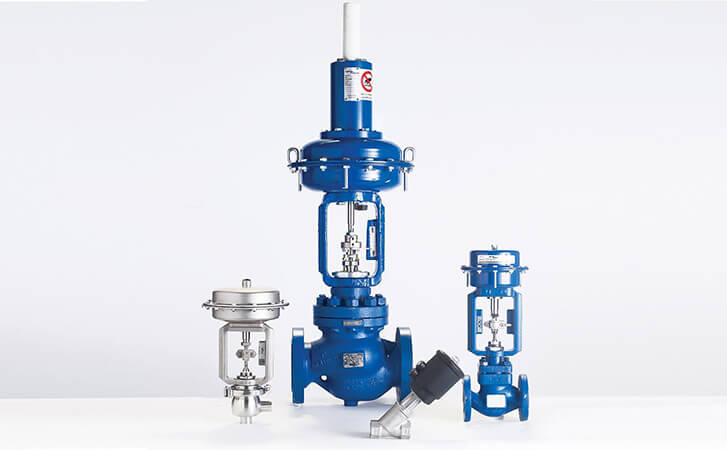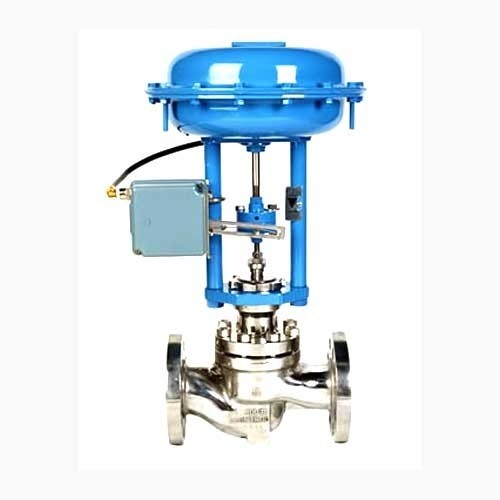
BCST offers the 2-way control valve available in the stainless-steel bodies. These 2-way control valve are present along with the pneumatic actuator and electric actuator. The manufacturing of these special products like 2-way control valve is specifically for the industrial marketplace. This makes the system work effectively and efficiently.
Go through the below FAQ to know more about the 2-way control valve:
What is the definition of a 2-way control valve?
The 2-way control valve is the components placed straightforwardly to save energy. There is an inlet and outlet present in the 2-way control valve. You can find the 2-way control valve in typical on/off applications and variable flowing systems where there are changes in the temperature. The operating cost of the 2-way control valve is low through the reduction of the power absorption and running of the cooling and heating systems by changing the level of speeds. In the hot water or chilled applications, the 2-way control valve is the most suitable choice due to its effectiveness at a high level. This happens whenever the 2-way control valve starts working at 30%- 80% opening. The working of the 2-way control valve in this particular range increases the life of the 2-way control valve and also protects it from damage.

What are the features of the 2-way control valve?
- The main components are: the body of the 2-way control valve, plug, spindle, and actuator
- Tight sealing for the leakage protection
- The 2-way control valve is available in various diameters: (15mm-300mm)
- You can use the electric or pneumatic actuation
- Simple to install
- The usage of the 2-way control valve is for the on/off applications
- Various size of the actuators is present for the variety of the valve bodies
- 2-way control valve helps in controlling the heat and the regulation of the flow and temperature.
- The two main parts of the 2-way control valve are an outlet and an inlet port
- The 2-way control valve is cost-efficient and best for saving the energy
What are the technical specifications of the 2-way control valve?
Characteristic of the control | Linear |
Range of the control | Minimum 50: 1 |
Medium in the 2-way control valve | water for the circulation or Glycolic water approximately to 50% |
The temperature of the medium | 2-120 degrees Celsius |
Pressure at the stage | PN 16 |
Stroke | 5.5 mm |
Material | · Body àRed Bronze 2 · Stuffing box: EPDM · Valve seal-à Red Bronze 2 · Stem: Stainless Steel · Cone: Brass |
Connection | · The connections of the 2-way control valve are along with the external threads. |
What are the advantages of using the 2-way control valve?
- The 2-way control valve is economical in terms of purchasing and installation.
- Results delivering the 2-way control valve inside the variable of the flow that can reduction in the energy of the pumping. This is specifically when the speed of the variable changes using the pumps.
- The heat loss in the pipe along with the pump and energy is reduced through the usage of the 2-way control valve. It helps in shutting off the valve of the coils that are inactive and start serving the active coils. Here, it is beneficial to use the 2-way control valve whenever the plant is in the centre and coils are working at various timings.
- The diversion of the load needs to be in consideration whenever there is the sizing of the pump and distribution of the systems. It the reduces cost of the 2-way control valve.
- In most applications, there is always a reduction or elimination regarding the need for balancing flow. This is due to the usage of the valves only in chilled or hot water depending on the requirement of the load. The 2-way control valve balances itself under normal working conditions.
How is the working of the 2-way control valve?
There are two ports present in the 2-way control valve whose names are inlet and outlet. In the resting condition, the inlet is blocked and you can call it normally closed (NC). In the normal condition, the flow lines go inside and come from outside, The enclosures or boxes are the representation of the position of the 2-way control valve. The active box represents the blocked ports. In the closed condition, the upper box represents the path of the flow. Whenever there is shifting of the 2-way control valve by the operator, it is similar to the sliding of the upper box coming down to occupy the space of the lower box. During the release of the palm button, there is a valve spring returning to the normal stop flowing condition. The 2-way control valve starts blowing off the device or running the motor of the fluid in a single direction. Even on its own itself, the 2-way control valve can’t cycle even the single-acting cylinder. The operators of the 2-way control valve are available in various types.
Conclusion:
Whenever you consider the usage of the 2-way control valve for the on/off applications or variation in the flowing systems to experience changes in the temperature and pressure, then always consider the 2-way control valve. It helps in increasing the efficiency so contact the team of BCST for further discussions and think about placing the order.







hey read your post – Gulvafslibning | Kurt Gulvmand but couldn’t find your contact form. Is there a better way to contact you then through comments?
For any inquiry contact Whatsapp: +8615052699328
Email: [email protected]